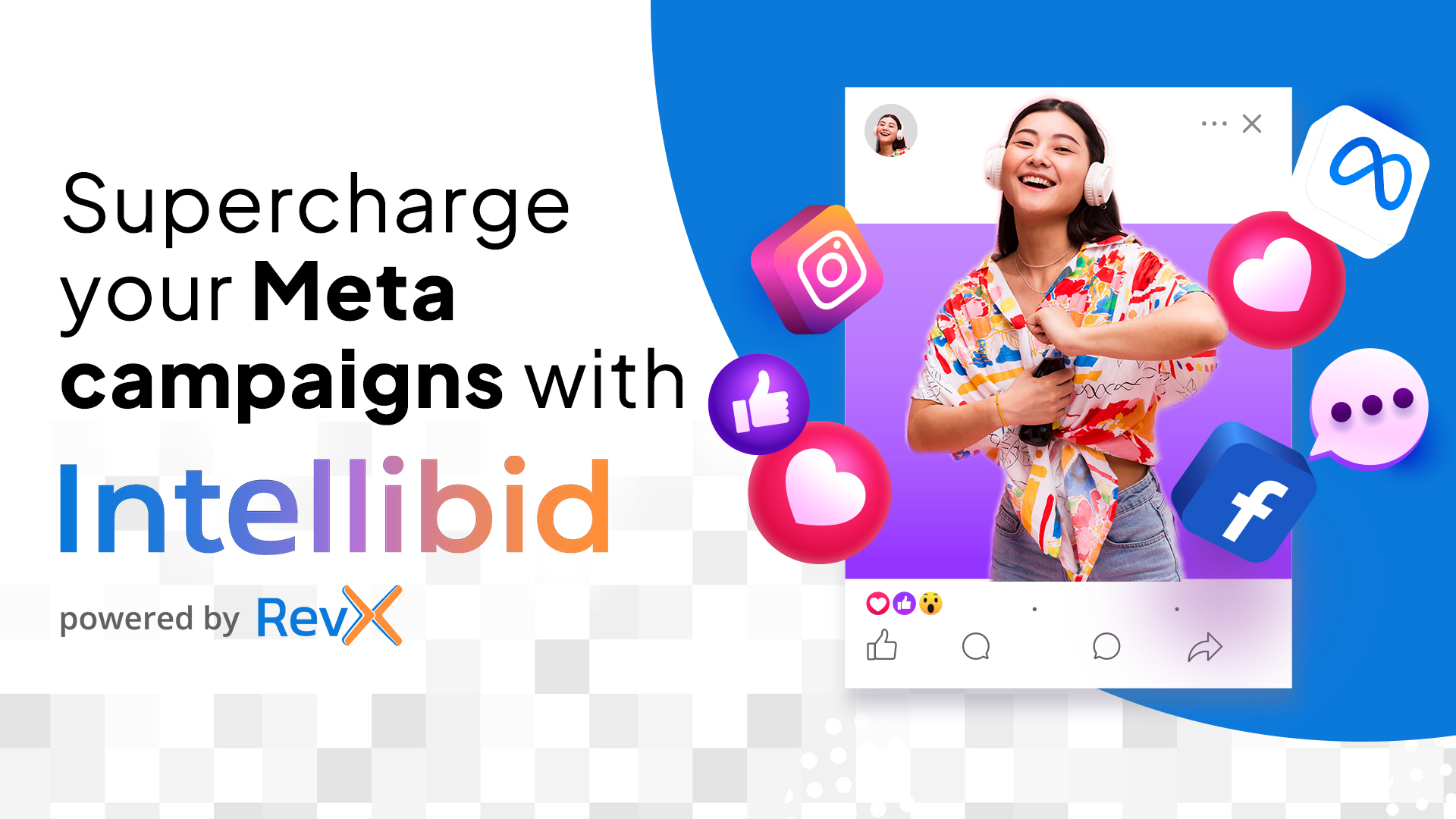With marketers allocating over half of their budget to mobile advertising alone, it has taken center stage in the last few years. Data suggests that mobile is one channel that can generate a whopping 200% more brand interaction than all other combined channels.
These statistics clearly reflect the power of mobile programmatic advertising – one of the methods for delivering programmatic ads. In fact, mobile programmatic video advertisements accounted for almost 87% of all mobile video ads in 2021, indicating the huge potential of this advertising channel.
If you are launching mobile programmatic campaigns for the first time, this article is for you. Here, we will discuss everything you need to know about mobile programmatic ad buying and how you can make it a successful venture for your app.
What is Mobile Programmatic Advertising?
You may have heard the term “programmatic advertising” before. But what is it, exactly? This article will explain what mobile programmatic advertising is, how it differs from general programmatic advertising, and why you should be using it as part of your mobile ad marketing strategy.
Put simply, mobile programmatic advertising refers to the automated buying and selling of ad placements for mobile display ads specifically. These mobile ads can include mobile video ads, mobile native ads, mobile banner ads, or any other form of ad that is optimized for mobile displays.
Just like general programmatic advertising, it uses AI-powered algorithms to identify the best audiences for your product/app and automatically bid on the most relevant ad spaces. The best part about it? The entire process happens in real-time. Once a user clicks on an app page or link, advertisers get the instant opportunity to bid against others based on a series of variables such as customer profile, for example. The advertising space will then be allocated to the winning bid in a matter of milliseconds as the app loads.
This usage of automated technology to buy mobile ad spaces and display ad creatives allows users to get hyper-relevant ads at exactly the right time.
Benefits of Mobile Programmatic Advertising
Mobile advertising is a powerful way to reach your app users wherever they might be. With mobile programmatic advertising, you can make sure your ads are reaching the right people at the right time, all while tracking your results so you can optimize and improve on them as time goes on.
The main benefits of mobile programmatic advertising are:
Better User Insights
Understanding user behavior plays a key role in determining ROI for any app business. While most traditional advertising channels make it difficult to link consumer behavior with exposure, mobile programmatic advertising enables you to get much deeper insights.
Further, it allows you to identify which inventory is performing well and assess the types of user behaviors, the time of day, and the kind of ad messaging and creatives that work best for your campaign. These insights are valuable to optimize campaigns so your budgets can be used optimally.
Specific Targeting
Mobile programmatic advertising uses specific targeting methods to place ads on apps based on location, demographics, income, intent, behavior, and context.
A programmatic advertising partner can help you set specific targeting options when designing your campaign to ensure that your ads are put before the right audience.
High-quality Data Collection and Handling
Mobile programmatic advertising helps collect high-quality data about your campaign to gauge its performance. Compared with other channels, programmatic provides more data points that advertisers can use to optimize their campaigns further.
The best part is that, unlike traditional media buying, the data is collected in real time, so you won’t have to wait for weeks to access data after the campaign has gone live. This first-party data can be valuable to help you adjust and optimize your campaigns to achieve the desired results.
Cost-Efficient
When buying media, working with a trusted mobile programmatic advertising partner allows you to spend your ad budget wisely and set how much money you wish to spend to earn those valuable impressions and conversions.
This makes it a measurable and controllable advertising medium and enables you to adjust your spending based on the granular analysis of each campaign to boost overall performance.
How Does Mobile Programmatic Advertising Work?
One of the essential aspects of mobile programmatic advertising is a DSP or Demand-side platform. It’s primarily a facilitator for advertisers to bid on in-app traffic in real time at scale and at the best cost.
A mobile DSP allows agencies, brands, and app marketers to buy advertising inventory from publishers to seamlessly manage multiple ad exchange and data exchange accounts through a single unified interface.
The role of mobile DSP is to facilitate an RTB-based technology that enables highly targeted online advertising in real-time.
For advertisers, robust mobile DSP platforms such as RevX minimize the manual work by automating the whole process of digital advertising and help you scale with incremental results faster.
What Do You Need to Run a Campaign With a Mobile DSP?
Among the things that you need to run a campaign with mobile DSP are:
Attribution Provider/Event Forwarding Tracked through MMP
You first need to be integrated with an attribution provider/mobile measurement partner before launching with a mobile DSP.
MMPs record attribution data of app user events such as ad impressions, clicks, installs, app open, registration, and other conversion events to determine and understand the effectiveness of your campaigns. By integrating mobile app data from different sources, MMPs provide app marketers with a unified view of their campaigns.
Well-Defined KPIs
DSPs allow advertisers to set and optimize ad performance based on relevant KPIs (Key Performance Indicators), such as ROAS (Return on Ad Spend), CPA (Cost per Acquisition), CPI (Cost per Install). These metrics can provide a clear understanding of how much value campaigns are generating. Advertisers need to be clear on their business goals and what they wish to achieve before launching each campaign.
Deep Linking
Deep links are integral for user experience when running campaigns on non-LAT traffic.
Deep links are used to send users straight to specific in-app locations. They provide a better user experience by enabling apps to be opened directly to the right location. Using deep links, marketers can prioritize the placement of their ads and control the number of clicks it takes for a user to reach the desired goal (e.g., downloading an app), thus increasing returns on investment.
Quality Assets for Creatives
You would want to work with mobile DSPs that offer creative services, including consultation on the best practices in innovations and all types of creative formats.
For apps with large product feeds and optimal performance, setting up dynamic product ads is recommended. It requires a suite of assets such as product images, descriptions, and matching CTAs for mobile DSP service providers to dynamically assemble highly relevant ads for every user.
How to Choose the Ideal Mobile DSP to Work With
Here are some things to consider when selecting a mobile DSP for your business:
Advanced Technology
Mobile DSPs are typically needed to handle processes across various placements. These kinds of data streams from varied sources demand advanced technology and powerful architecture.
Therefore, it is essential to ask your mobile DSP vendor if their platform can accommodate massive amounts of bid requests, how they handle your data, and what kind of deep learning capabilities they offer.
Look for a Partner You Can Trust
Since you will want to work with a DSP partner for the long haul, guarantee that their practices are transparent, and that they have the systems and processes in place to ensure that your campaigns are run with the highest degree of quality and trust.
You will want to ensure that your DSP runs on high-quality inventory, can prevent ad fraud in your campaigns, and is available to provide the data and insights you need to make programmatic your most profitable advertising channel.
To Conclude
Mobile programmatic advertising is a must-have platform to run any successful app advertising campaign in today’s competitive business landscape.
Therefore, many app marketers have been incorporating in-app advertising into their media planning and leveraging programmatic buying strategies to drive their campaign performance successfully.
Adopting innovative solutions for app marketing such as mobile programmatic offers several benefits that can help you exceed your KPI goals and lay the groundwork for long-term success.



